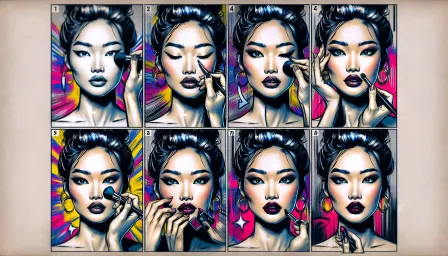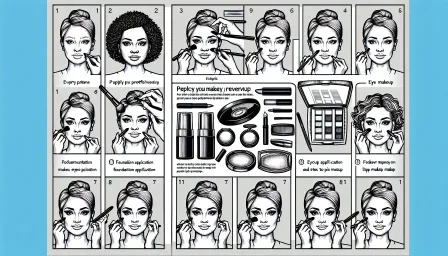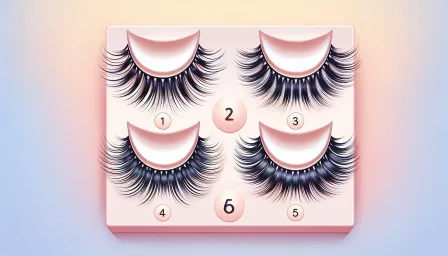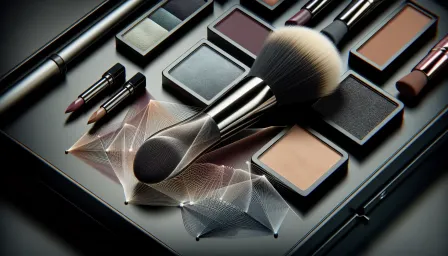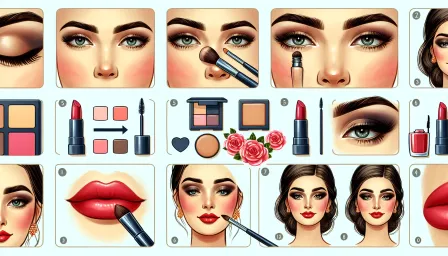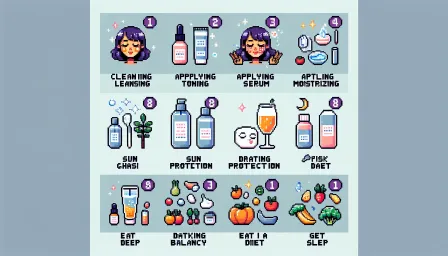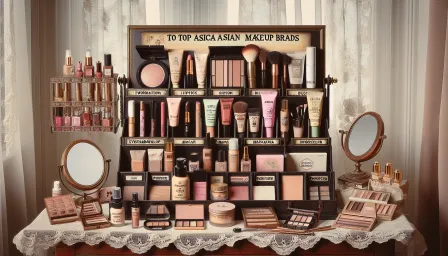The Impact of Beauty Standards and Photoshop Culture on Self-Esteem
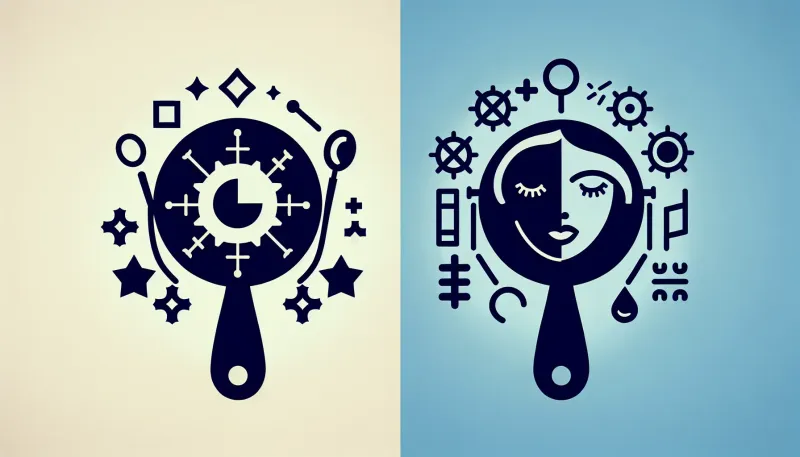
Explore the influence of beauty standards and Photoshop culture on self-esteem. Learn how these trends affect mental health and discover ways to foster positive self-image.
Beauty standards and Photoshop culture have become deeply ingrained in modern society. While these forces can elevate visual aesthetics and artistic expression, they also pose significant challenges to individuals' self-esteem. In this article, we'll explore how prevailing beauty standards and the pervasive use of image editing tools impact mental health and self-worth. We'll also discuss strategies for fostering a healthier self-image amidst these pressures.
The Evolution of Beauty Standards
Historical Context
Beauty standards have evolved dramatically over time. What was once deemed attractive can alter with cultural shifts, economic changes, and advancements in media. Historically, fuller figures were considered ideal during periods when food scarcity made plumpness a sign of wealth. Conversely, during the 20th century, the introduction of cinema and fashion magazines began to idolize thinner bodies, a trend that persists today.
Modern Beauty Ideals
Today's beauty ideals often emphasize slim, toned bodies, flawless skin, and symmetrical features. These standards are heavily influenced by celebrities, influencers, and media portrayals that frequently showcase an unattainable version of perfection. The rise of social media has exacerbated this issue, with platforms like Instagram and TikTok showcasing highly curated and often edited images.
The Role of Photoshop and Image Editing
Widespread Use in Media
Photoshop and other image editing tools are used extensively in media to create polished and ostensibly perfect images. While these tools can enhance creativity and correct minor imperfections, they often create unrealistic portrayals of beauty. Magazine covers, advertisements, and social media posts are seldom untouched, presenting an impossible standard for consumers to compare themselves to.
The Impact on Personal Images
The accessibility of image editing apps means that everyday individuals can easily edit their photos before sharing them online. While this can boost confidence short-term, it often leads to a cycle of dissatisfaction and the need for constant validation. Comparing one's unedited self to edited images can diminish self-esteem and foster a negative self-image.
Effects on Self-Esteem and Mental Health
Body Dysmorphia
Exposure to idealized images can lead to body dysmorphia, a mental health disorder where individuals obsess over perceived flaws in their appearance. This condition is exacerbated by constant comparison to the edited faces and bodies witnessed online and in media.
Depression and Anxiety
The pressure to meet unattainable beauty standards can cause significant emotional distress, leading to depression and anxiety. The desire to conform often results in unhealthy behaviors, including disordered eating and excessive cosmetic procedures.
Social Isolation
Individuals who feel they fail to meet beauty standards may withdraw socially. They might avoid social interactions, both online and offline, due to the fear of judgment. This social isolation can further exacerbate feelings of loneliness and depressive symptoms.
Promoting a Healthy Self-Image
Media Literacy
Improving media literacy is crucial. By understanding that most images in media are edited and curated, individuals can better discern reality from fiction. Education on these topics, especially among young people, can mitigate the impact of unrealistic beauty standards.
Encouraging Authenticity
Promoting authenticity on social media platforms is another vital step. Influencers and celebrities have a significant role to play here. When they share unedited and candid images, it can help normalize real beauty and imperfections, fostering a more accepting and inclusive online environment.
Seeking Professional Help
For those severely affected, seeking professional help is essential. Therapies such as Cognitive-Behavioral Therapy (CBT) can help individuals develop healthier thought patterns and improve their self-esteem. Support groups and counseling can also provide a safe space to discuss and navigate these challenges.
Conclusion
While beauty standards and Photoshop culture are unlikely to disappear, awareness and proactive measures can mitigate their negative effects on self-esteem. By promoting media literacy, encouraging authenticity online, and providing support for those struggling, we can foster a more inclusive and positive perception of beauty. Remember, true beauty lies in diversity and authenticity, unbound by the confines of societal standards.





